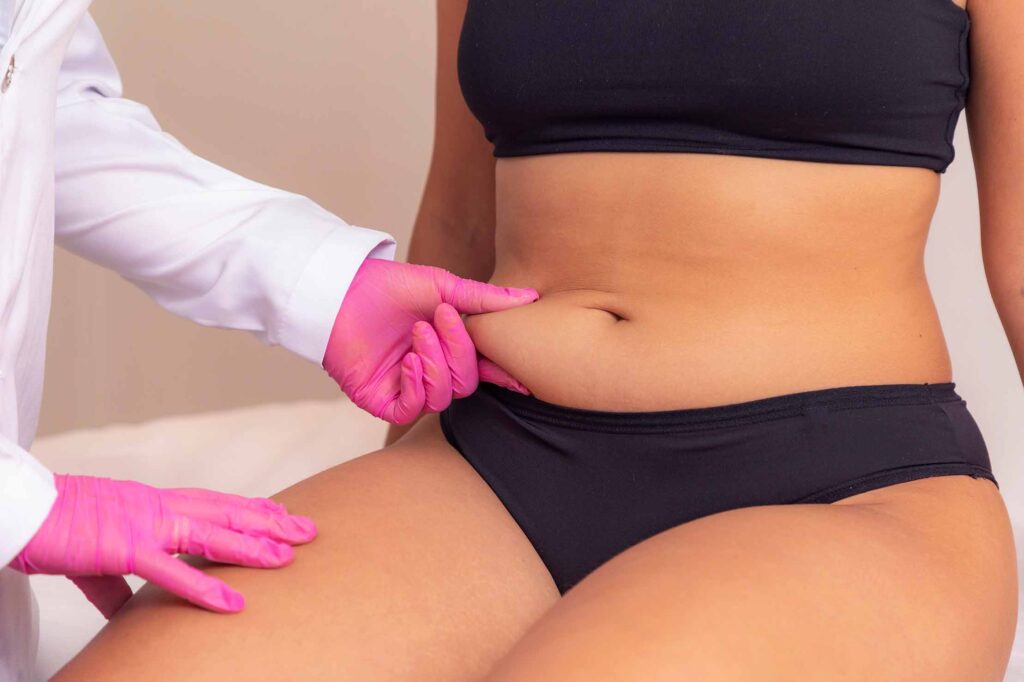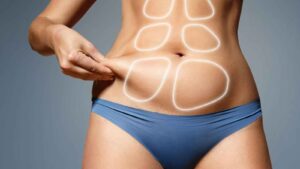Liposuction is a popular cosmetic procedure designed to remove excess fat from specific areas of the body, helping you achieve a more contoured and sculpted physique. Whether you’re struggling with stubborn fat deposits that resist diet and exercise or seeking a more proportionate body shape, liposuction can be a life-changing solution. This guide covers the essentials of liposuction, providing a comprehensive overview of the procedure, benefits, recovery, and frequently asked questions.
Symptoms of Silicone Poisoning: What to Know After PIP Implant Removal




